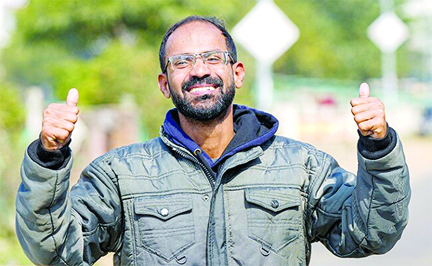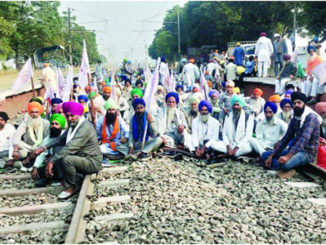
Lucknow (TIP)- Kerala journalist Siddique Kappan walked out of jail on bail on Thursday, February 2, over two years after he was arrested for allegedly trying to instigate violence after the death of a woman at Hathras in UP.
The release came almost six weeks after the Allahabad High Court granted him bail in a money laundering case filed by the Enforcement Directorate. In September, the Supreme Court granted him bail in another case under the Unlawful Activities (Prevention) Act (UAPA).
Kappan was released from jail around 9.15 am, Lucknow district prison jailor Rajendra Singh said.
A day earlier, his lawyer submitted two sureties of Rs 1 lakh each at the special PMLA (Prevention of Money Laundering Act) court here, fulfilling a bail condition.
“I struggled,” Kappan said minutes after he walked out. “It has been 28 months. I am out after a lot of fight. I am happy,” he said.
He said, “I am coming to Delhi. I have to stay there for six weeks.” The SC Bench headed by then Chief Justice Uday Umesh Lalit had directed Kappan to remain in Delhi for six weeks after his release from prison. Kappan and three others were arrested in October 2020 while they were going to Hathras where a Dalit woman died allegedly after being raped.
“This is half-baked justice. Journalism is not a crime. I will continue my fight against draconian laws. They kept me in jail even after I got bail… 28 months after a long fight. I don’t know who’s benefiting from my being in jail. These two years were very tough, but I was never afraid,” he said after his release from the Lucknow jail.
Kappan was accused of sedition and charged under the tough anti-terror law UAPA. In February 2022, the Enforcement Directorate filed a money laundering case against him, accusing him of receiving money from the banned People’s Front of India.
In September last year, the Supreme Court granted him bail after observing that no formal charges were filed against him and a document named “Toolkit” recovered by the state police only propagated a call for justice in the rape case.





Be the first to comment